When meeting milling needs effectively and flexibly, disc mills have become the go-to choice for many. These machines are favored because they are incredibly skilled at finely grinding a wide range of materials, from grains and seeds to even industrial substances. They consistently produce the same particle size, a big deal in agriculture, food processing, and material research.
But picking the right one can be overwhelming with so many different types of disc mills. That is where this article comes in to give you important tips to consider when buying disc mills.
Table of Contents
Market share of disc mills
Types of disc mills
Important tips to consider when buying disc mills
Final thoughts
Market share of disc mills
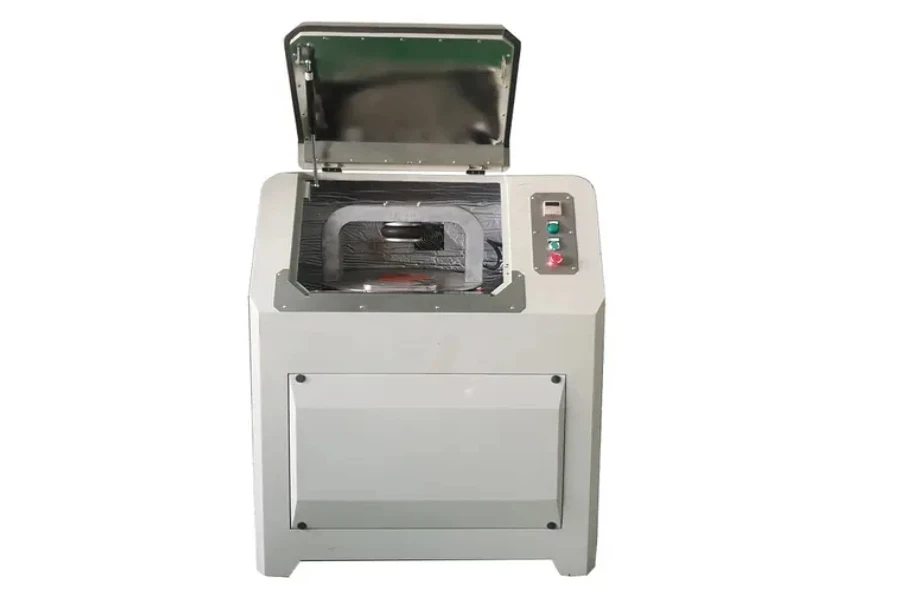
The popularity of disc mills has been steadily climbing, driven by several factors that cater to diverse industries. These machines’ adaptability in grinding various materials, from grains to industrial substances, brings cost savings and efficiency, boosting their demand. Industries valuing uniform particle size, like food processing and pharmaceuticals, find disc mills indispensable for meeting strict quality standards.
Regions like North America (USA and Canada) and Europe (Germany, France, Italy) with strong agricultural and industrial sectors, as well as emerging economies in Asia (China, India, and Southeast Asia), are witnessing high demand for disc mills. This is due to their role in enhancing food production and processing methods to meet growing needs.
Types of disc mills
1. Vibratory disc mill
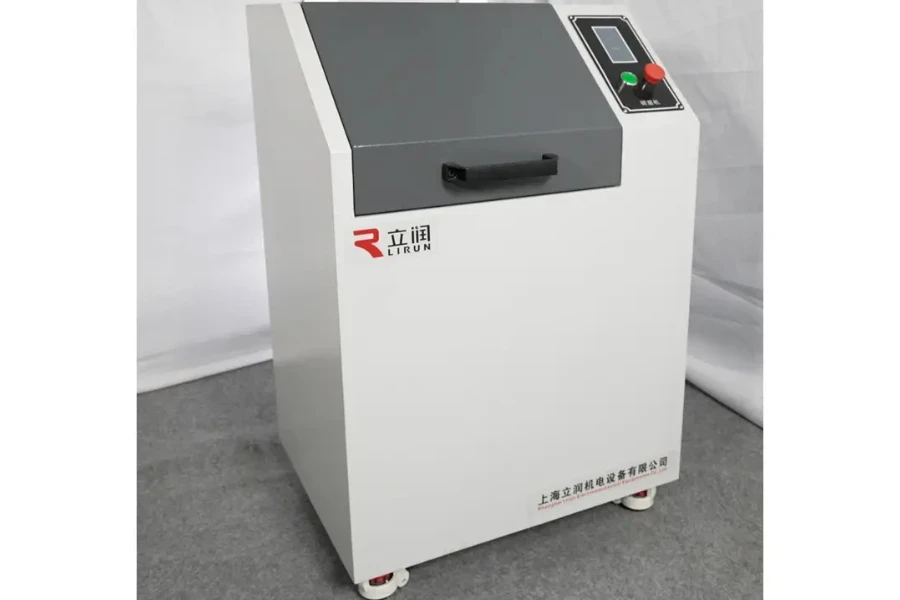
A vibratory disc mill introduces the material between two discs, stationary and rapidly vibrating. The vibrating disc imparts energy to the particles, causing them to break and grind against each other through impact and friction. It is great for finely grinding brittle and hard materials in geology, metallurgy, ceramics, and mineralogy.
The capacity of a vibratory disc mill ranges from 50 to 500 grams of material. The vibrating discs operate at high speeds, often exceeding 1,000 RPM. Prices for laboratory-scale vibratory disc mills start at approximately USD 2,000, while larger industrial models can cost USD 10,000 or more.
Pros
– Suited for finely grinding brittle and hard materials
– Cost-effective and accessible for various applications
– High-speed operation for efficient grinding (over 1,000 RPM)
Cons
– Limited capacity for larger-scale processing
– Extended finishing time due to high-speed operation
– Requires regular maintenance due to the rapid vibration
2. Planetary disc mill
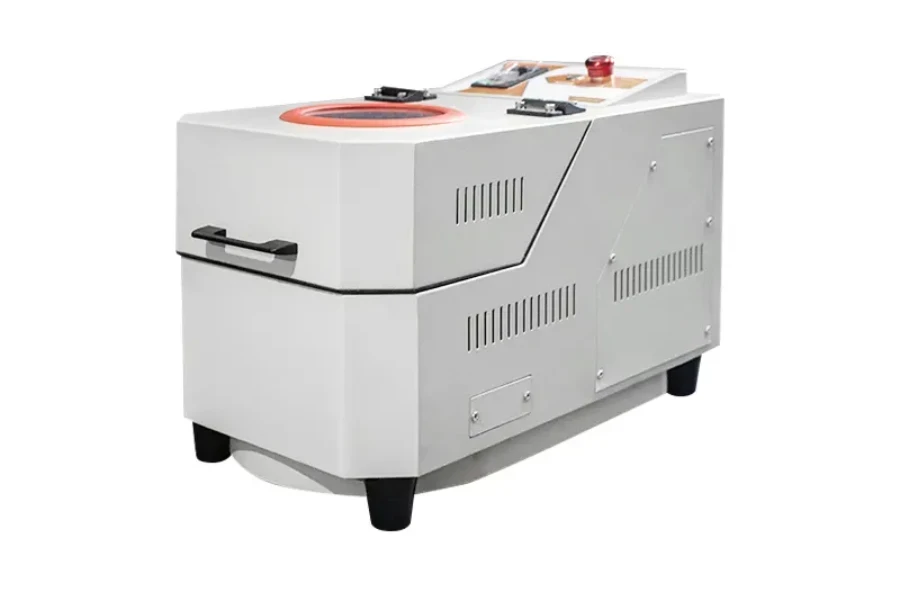
With a planetary disc mill, grinding jars rotate around a central axis in a planetary motion. As the jars turn, the material inside collides with grinding balls, generating high-energy impacts that mix and grind the sample. These mills are fantastic for preparing uniform samples in analytical chemistry, materials science, and pharmaceutical research due to their ability to achieve consistent and fine-grinding results.
Planetary disc mills have grinding jar speeds of up to 400 RPM. The prices of these mills start at around USD 3,000 and can increase substantially for larger or advanced models.
Pros
– Ideal for achieving uniform samples in analytical chemistry and materials science
– Consistently achieves fine-grinding results through high-energy impacts
– Wide range of applications, including pharmaceutical research
Cons
– Requires a higher initial investment, especially for advanced models
– May not be suitable for very large-scale applications
– Regular maintenance is necessary to ensure optimal performance
3. Mortar grinder mill

Operating like a mortar and pestle, a mortar grinder mill involves manually grinding and crushing materials using a pestle in a mortar bowl. The rotating pestle in the mortar bowl combines compressive and shearing forces to grind and mix the material effectively. This type of mill is particularly useful for achieving fine particle sizes.
It is commonly used in laboratories, especially in chemistry and pharmaceutical research, handling tough or fibrous materials precisely. Prices for laboratory-scale mortar grinder mills start at approximately USD 1,500 and can go to USD 10,000 or more.
Pros
– Effective for achieving fine particle sizes
– Precise grinding, which is particularly useful for tough or fibrous materials
– Commonly used in chemistry and pharmaceutical research
Cons
– Manual operation, requiring physical effort for grinding
– Limited capacity, not suitable for large-scale processing
– Grinding speed depends on the operator’s manual effort
Important tips to consider when buying disc mills
1. Speed
Different materials need different speeds to get that grinding action going. Take vibratory disc mills, for instance; they usually tick away at an average speed of 900 to 1500 RPM. This speed range is a sweet spot for getting precise results. Now, when it comes to planetary disc mills, it is a bit different. They can hit a span of 100 to 650 RPM.
Mortar grinder mills, with their manual approach, do not have fixed speeds but allow users to control the grinding process manually through the rotation of the pestle. So, depending on what will be ground and how intense the action needs to be, there is some flexibility in choosing the right speed to get the job done.
2. Milling mechanism

The milling mechanism is how these disc mills get the job done. Grinding materials is not a one-size-fits-all affair, as different mechanisms like vibration and impact are at play.
Vibratory disc mills utilize a combination of impact and friction through rapidly vibrating discs. Planetary disc mills involve the simultaneous rotation of grinding jars around a central axis and their axes, creating high-energy impacts. Mortar grinder mills employ manual grinding using a rotating pestle within a mortar bowl, achieving grinding through compression and shearing forces.
3. Size
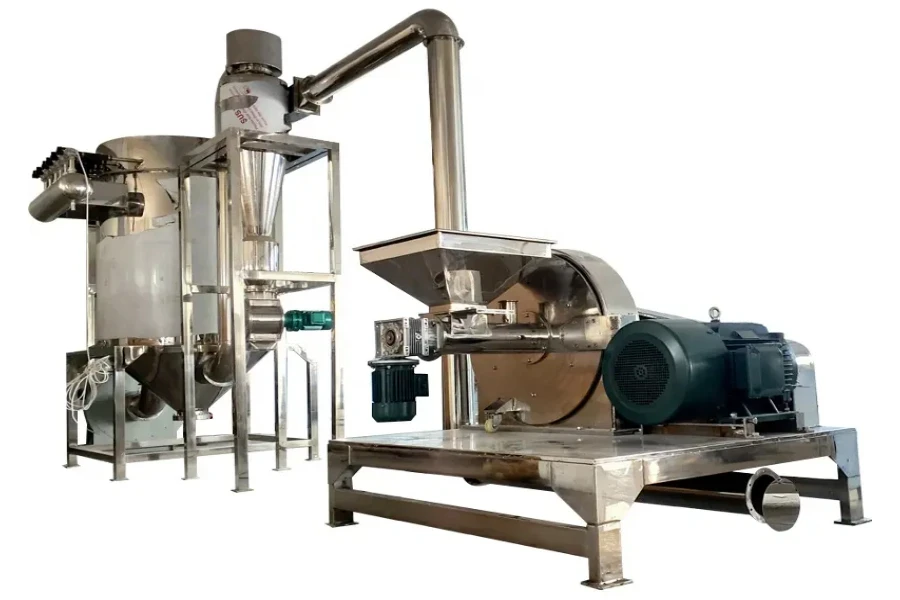
Vibratory disc mills generally exhibit more compact dimensions, averaging around 40-60 cm in length, width, and height. Due to their design accommodating multiple grinding jars, planetary disc mills can have dimensions of approximately 50-70 cm. On the other hand, mortar grinder mills, known for their versatility, typically fall within the range of 20-40 cm.
If running things in a snug lab space, lean towards a smaller disc mill. But if dealing with bigger industrial tasks, those larger mills step up. They can handle the weightier loads and keep things running smoothly.
4. Price
For vibratory disc mills, options range from USD 1,000 to USD 5,000, factoring in features and capacity. Planetary disc mills lean slightly higher, averaging between USD 3,000 and USD 8,000, depending on the specs. As for mortar grinder mills, the prices vary slightly due to build and functionalities, with average tags spanning around USD 500 and USD 3,000.
5. Compatibility
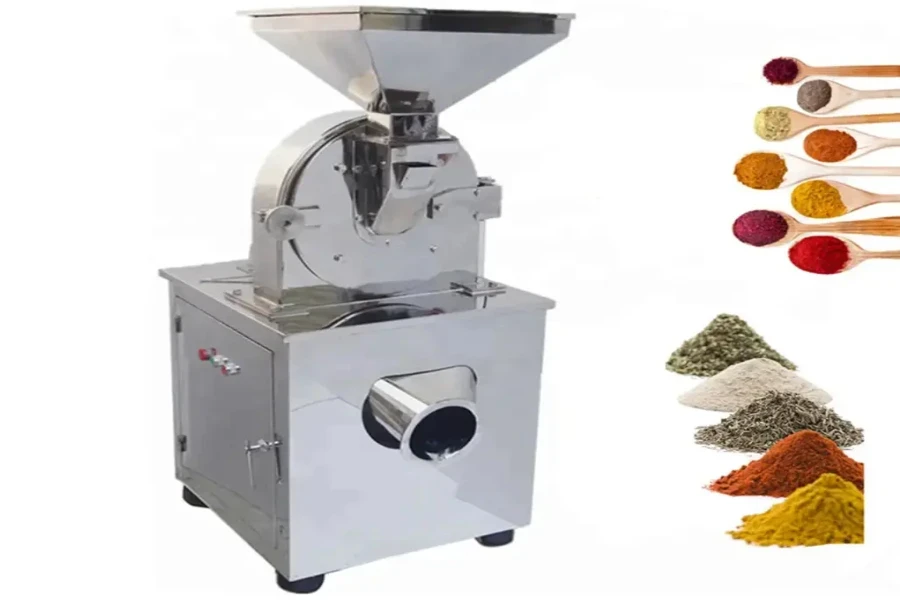
See if the disc mill you are eyeing can handle the materials available for grinding, as some can be a bit picky. They might need extra care, like special grinding discs or specific chambers, to shine in terms of results. Before you make the plunge, ensure the disc mill is up for handling the materials.
6. Durability
A robust construction of the disc mill often means a prolonged lifespan. On average, vibratory disc mills showcase endurance, lasting about 5 to 10 years. Similarly, planetary disc mills exhibit resilience, typically spanning 8 to 12 years. As for mortar grinder mills, their lifespan ranges from 3 to 7 years depending on usage intensity.
7. Configuration

When sizing up a disc mill, peek into its setup, the nitty-gritty of things like how many grinding discs it has got and what types they are. Think about how simple it is to switch those discs out or give them tender, loving care. It is not just about versatility—it is about keeping things hassle-free. Because the easier it is to maintain and tweak, the smoother the grinding journey.
Final thoughts
As we wrap up our exploration of disc mills, it is clear that these machines hold a wealth of options and considerations. From grasping the inner workings of milling mechanisms to aligning size, budget, and performance, each aspect shapes the path toward the perfect choice. If you are ready to delve into disc mills, take the next step by exploring the diverse range available on Alibaba.com.




